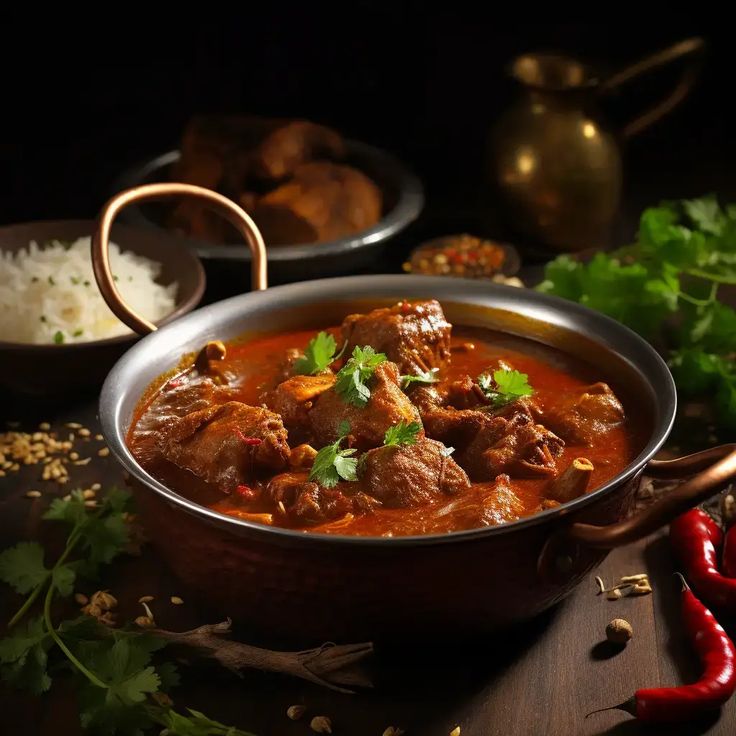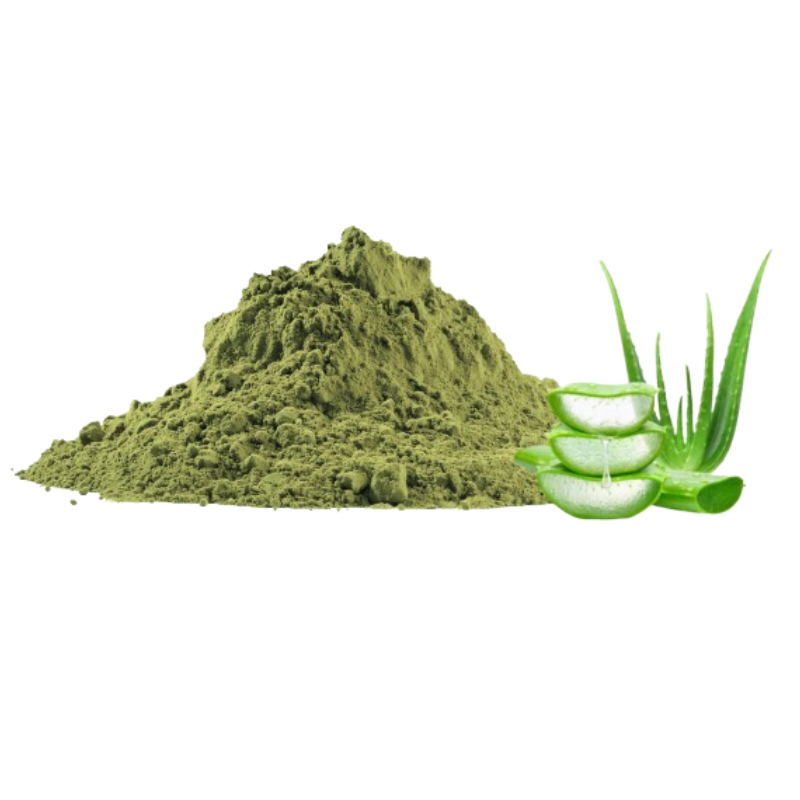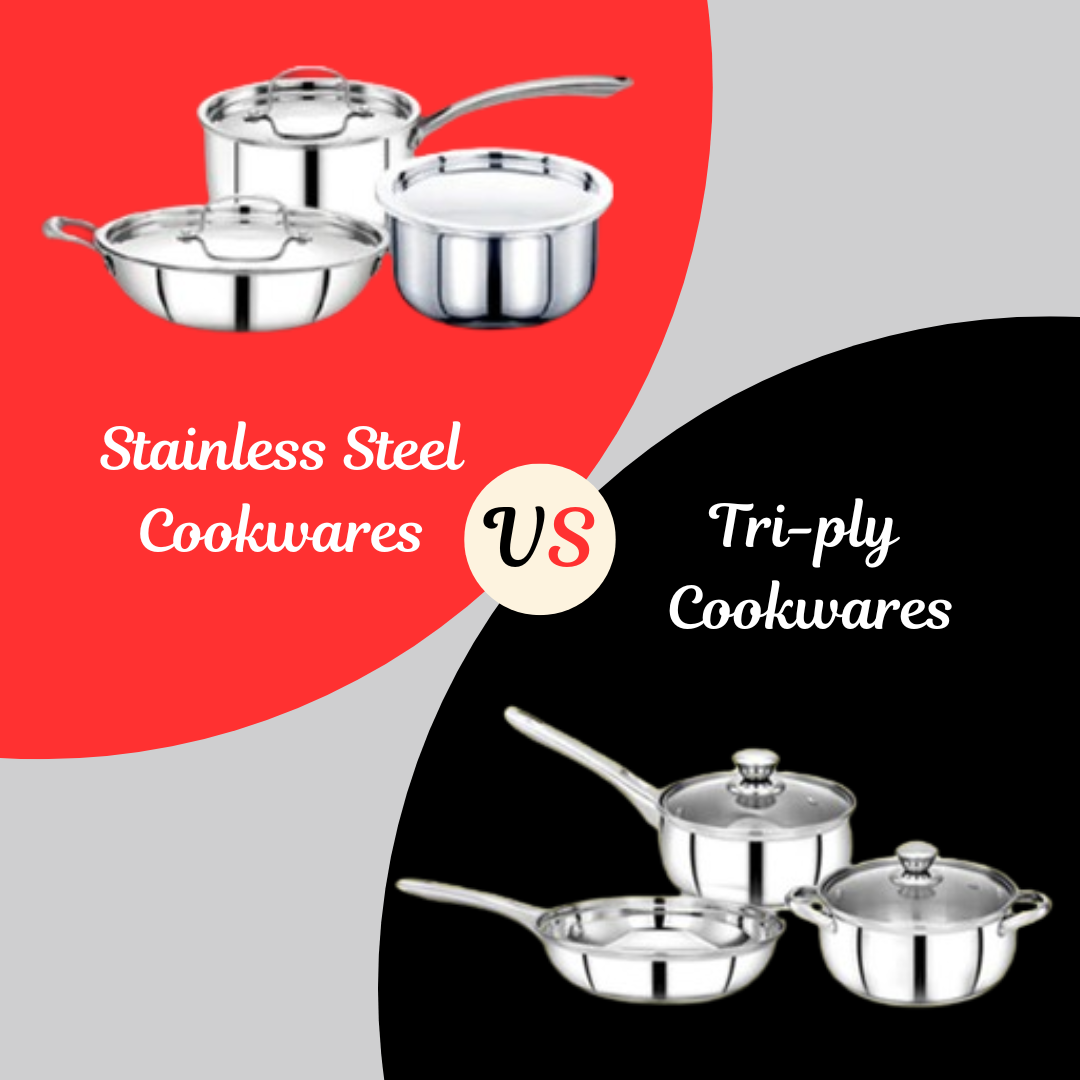The Comprehensive Guide For Stainless Steel Vs. Tri-Ply Cookwares
Choosing the right cookware is essential for every kitchen enthusiast. Among the popular choices are stainless steel and tri-ply cookware. Both have unique characteristics and benefits that suit different cooking needs. This blog delves into the differences between stainless steel and tri-ply cookware, exploring their uses, advantages, and how to choose the best option for your kitchen.
Stainless Steel Cookware
1. Composition
It is made from a mix of steel and chromium. The chromium resists rust and corrosion, making the cookware durable and long-lasting.
2. Advantages:
Stainless steel is exceptionally durable, resisting scratches, dents, and rust. Its non-reactive surface preserves the flavor and nutritional content of foods, regardless of acidity or alkalinity. Additionally, stainless steel is low maintenance, easy to clean, and often dishwasher-safe. Its versatility makes it suitable for all types of cooking, including frying, sautéing, boiling, and baking.
3. Uses:
Stainless steel is ideal for boiling pasta, simmering sauces, and making soups. It excels in braising and stewing, handling long cooking times without degrading. Versatile for everyday cooking, it’s perfect for tasks from frying eggs to making stir-fries.
Tri-Ply Cookware
1. Composition:
Tri-ply cookware is constructed with three layers: an inner layer of stainless steel, a middle layer of aluminum or copper for heat conductivity, and an outer layer of stainless steel for durability and magnetic compatibility with induction cooktops.
2. Advantages:
Stainless steel cookware with an aluminum or copper core ensures even heat distribution, reducing hot spots and enhancing cooking performance. It combines the durability of stainless steel with the superior heat conductivity of aluminum or copper, making it suitable for various cooking methods and compatible with all cooktops, including induction. This design heats quickly and responds well to temperature changes, ideal for precise cooking.
3. Uses:
Stainless steel cookware is excellent for searing meats and browning vegetables due to its ability to maintain high, even temperatures. It’s perfect for deglazing pans and making sauces, thanks to its even heat distribution. Versatile and reliable, it’s suitable for all types of cooking, including frying, sautéing, baking, and roasting.
Key Differences
1. Heat Conductivity:
Stainless Steel: Generally, has poorer heat conductivity compared to tri-ply cookware.
Tri-Ply: Superior heat conductivity due to the aluminum or copper core, ensuring even cooking and better heat retention.
2. Weight:
Stainless Steel: Typically lighter and easier to handle.
Tri-Ply: Heavier due to the additional layers, providing a sturdier feel but might be cumbersome for some users.
3. Price:
Stainless Steel: Usually more affordable and budget-friendly.
Tri-Ply: More expensive due to the multi-layer construction and enhanced performance features.
When deciding between stainless steel and tri-ply cookware, consider your cooking habits, budget, and preferences. Stainless steel is a great all-purpose option, especially if you're looking for durability and low maintenance. Tri-ply cookware, on the other hand, is ideal for those who prioritize even heat distribution and enhanced cooking performance, despite the higher cost.
In conclusion, both stainless steel and tri-ply cookware have their own set of advantages and uses. By understanding the differences and benefits of each type, you can make an informed decision that best suits your cooking needs and preferences. Happy cooking!





 Help
Help